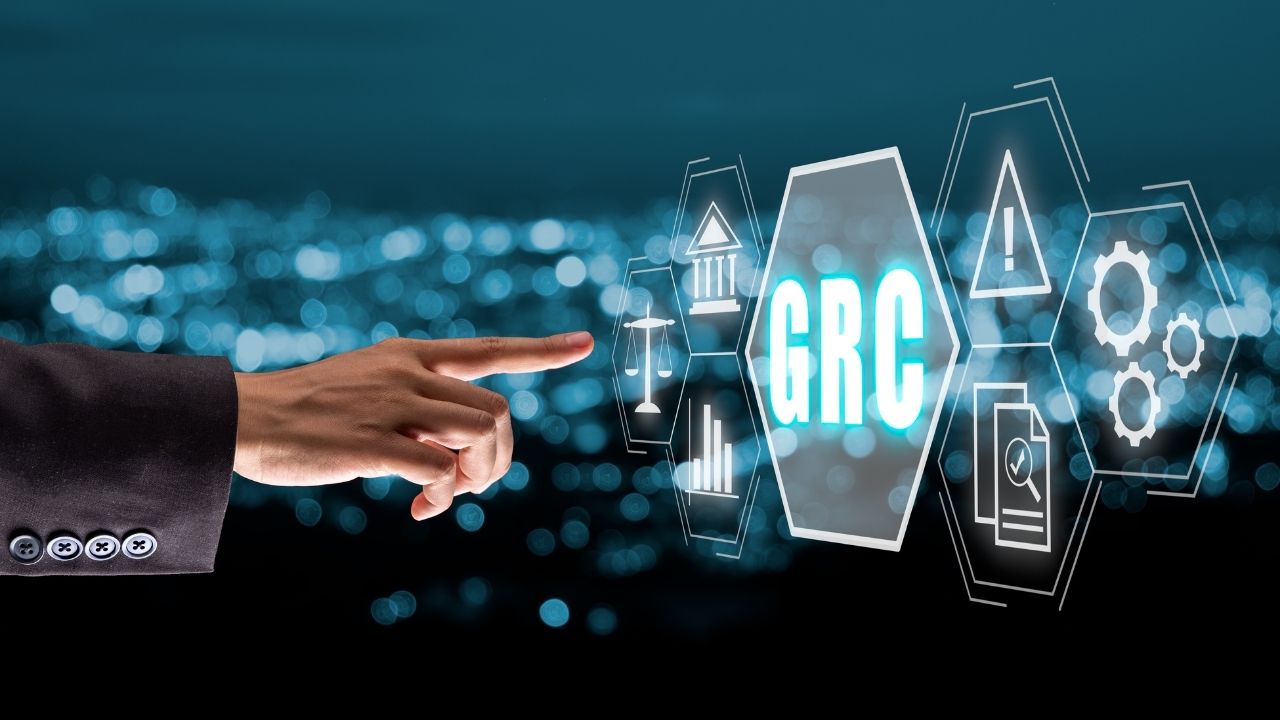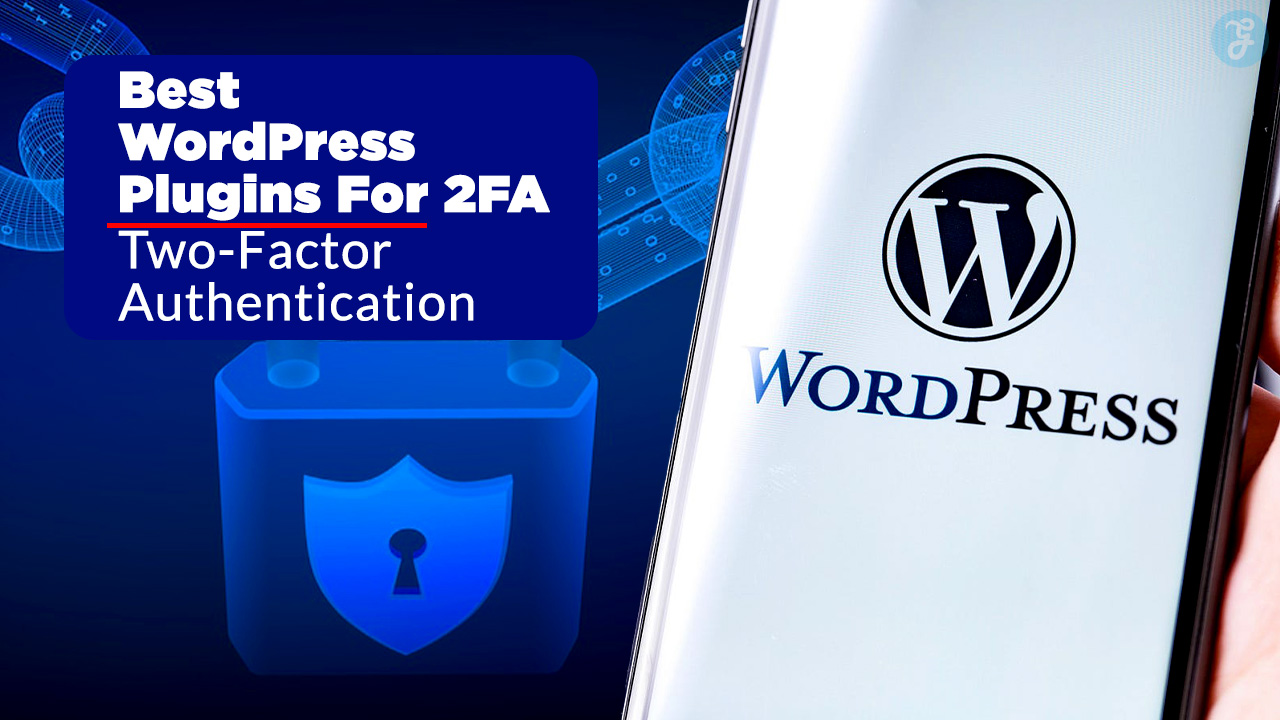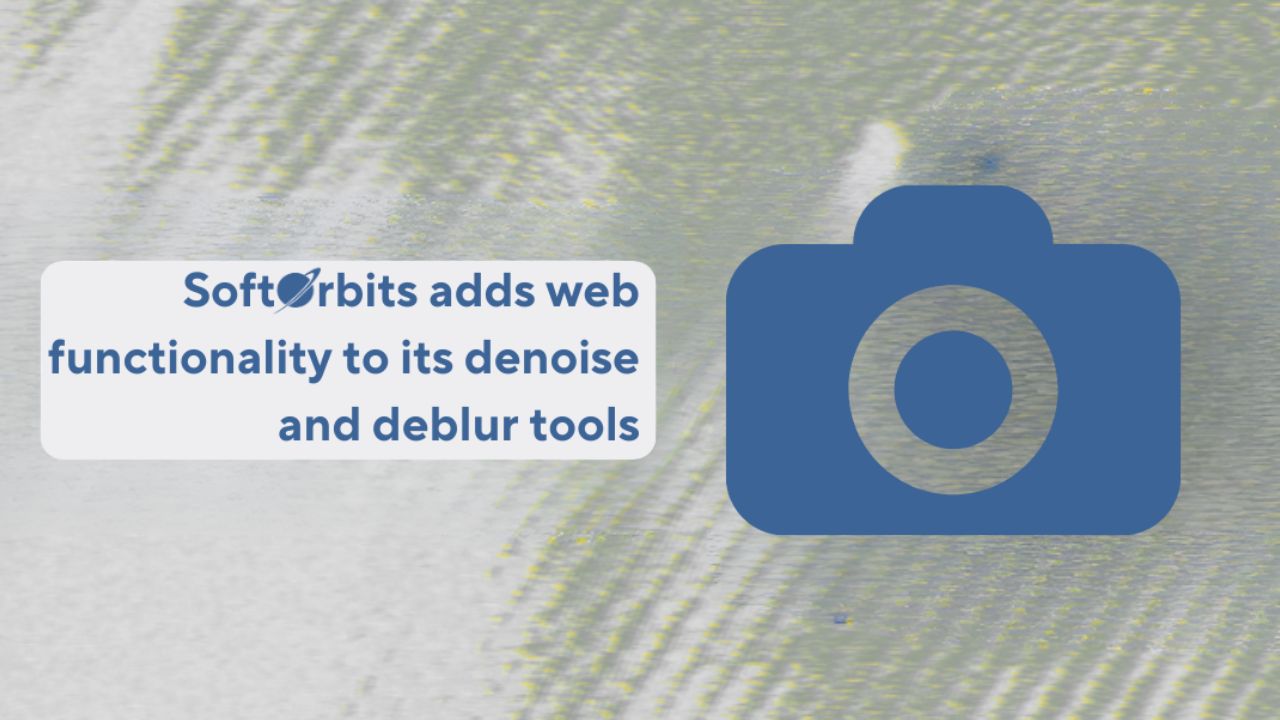With the business landscape becoming more complex, organizations are now required to navigate various risks and comply with many regulations. Given the challenges associated with managing these risks, many organizations are adopting Governance, Risk, and Compliance (GRC) solutions to manage them well. Such tools optimize processes, ensure compliance, and prevent threats from materializing.
However, given that the enterprise GRC solution will be the foundation of their business long into the future, what capabilities should businesses consider while making their choice? In this article, we discuss the key functionalities that a GRC tool must have.
Holistic Management of Risk
Holistic risk management is one of the most critical functions of GRC solutions. Companies want tools to help them analyze and track risks from different fields. A great system will provide enterprise GRC solutions benefits such as real-time updates, which support organizations in remaining alert for possible threats. These checks help ensure decision-makers respond quickly, lowering the chance of bad outcomes.
User-Friendly Interface
Enterprise GRC solutions must be user-friendly. It is a complex system that makes the entire process sluggish and error-prone. So it is really important to choose a tool that has an intuitive UI. That means user have to be able to go through the platform smoothly, find information in no time, and be able to do their jobs without training. A user-friendly solution ensures better usage and acceptance across the organization.
Compliance Tracking and Reporting
This is especially important to many businesses that need to meet regulatory requirements. The ability to monitor entire compliance content in GRC, a well-known GRC tool, has that feature. It also includes tracking regulatory changes and adjusting processes accordingly. It is also critical to have reporting functionality. Organizations now have to produce compliance reports that are both accurate and rich in detail for stakeholders and regulators.
Integrate With Existing Systems
A perfect GRC solution has to align with existing systems. Businesses use different tools to perform different operations. A GRC platform that integrates with these tools guarantees a unified overview of data and processes. This means fewer manual data entries, which allows you to mitigate errors and save time.
Elasticity and Scalability
The needs of a business change as the business evolves. This requires a GRC solution that can scale with changing regulations. If a company is growing into new markets or sectors, or introducing new offerings, the tool must fit growth without needing an entire top-to-bottom overhaul. Flexibility is also key, enabling organizations to tailor capabilities to fit their workflows and policies.
Data Security and Privacy
It’s crucial to safeguard your sensitive information. Data security and privacy are major concerns with any kind of GRC solution that you might implement, including strong encryption, access controls, and regular security audits. This is all about protecting data so that organizations can maintain their trust with clients and partners.
Automated Workflows
Today’s GRC solutions cannot do without automation. Since automating tasks frees up time from repetitive work, it can effectively relieve some of the employees’ burden and let them focus on more strategy-oriented work. Processes like risk assessments and compliance checks, as well as incident management implementation, can also be carried out quickly with the support of automated workflows. This not only boosts efficiency but also ensures consistent operations.
Real-Time Analytics
Insightful data analytics help create informed business decisions. The combination of a GRC tool powered by real-time analytics enables businesses to get instant insights into their risk and compliance stance. Organizations can thus prepare for potential problems by predicting trends and viewing them as patterns, as well as taking proactive actions.
Vendor Risk Management
Third-party risk management is a growing area of concern. Vendor risk management must be a part of any complete GRC solution. It includes monitoring the risks involved in third-party relationships and compliance of the vendor with relevant standards and regulations. A vendor risk management tool prevents these disruptions, which also safeguards the organization’s reputation.
Incident Management
A quick response is crucial when incidents happen. A good GRC solution should also have strong incident management capabilities. This means writing down incidents, tracking them until resolution, and analyzing root causes. This allows for limiting the impacts of incidents and avoiding their recurrences.
Takeaways
Organizations looking to mitigate risk and ensure compliance must choose a GRC solution that is right for them. Given that there are plenty of features to consider when selecting respectable cryptocurrency platforms, one can make a significant difference by focusing on comprehensive risk management, user-friendly interfaces, and robust data security. Focusing on these capabilities will help businesses improve their GRC strategy and gain greater operational resilience.








































